In a highly competitive and globalized business world, every organization needs full confidence that their new products are going to be successful. A big part of that comes from understanding customer needs and preferences and developing products that solve well-defined consumer problems.
Ideally, no organization should commit valuable time, money and resources to development without having that understanding in place – and the best way to get it is through product discovery. This blog explores product discovery in detail, including how it’s driving tech innovation for businesses like yours.
What is Product Discovery?
Product Discovery is an approach that ensures customer insights are integrated into every stage of the product development process. It’s achieved through collating detailed research, user feedback and market trends, to give product teams a comprehensive understanding of what their target customers need, want and prefer.
Having clear product discovery frameworks is vitally important in product development, as it substantially reduces the risk of mistakes being made – and resources being wasted – by chasing assumptions and ideas that haven’t been validated.
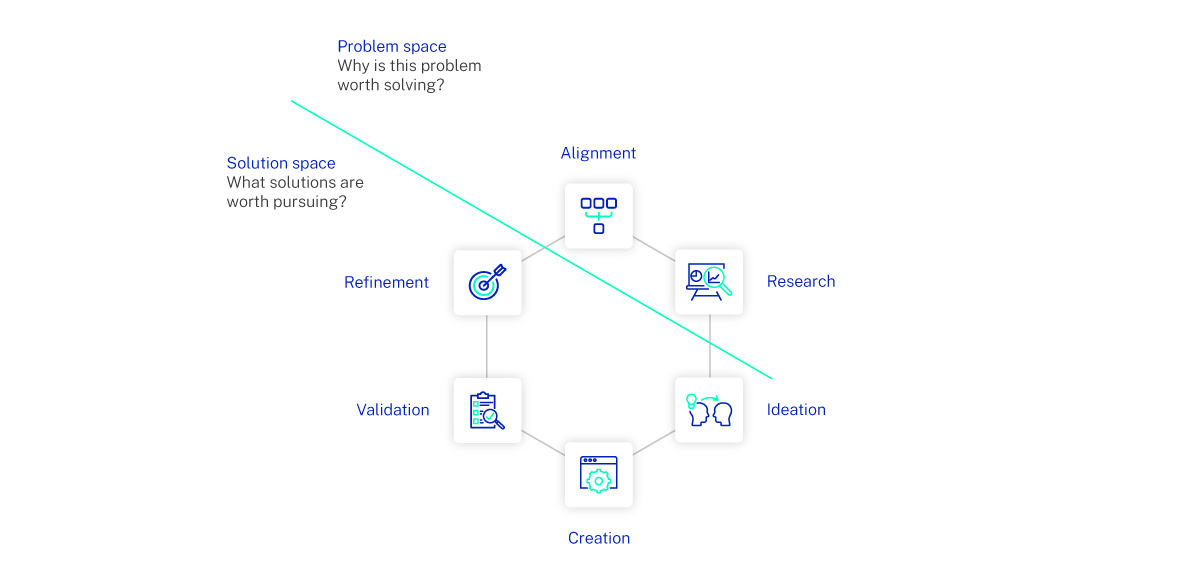
10 Ways Product Discovery Drives Tech Innovation
Identifying market opportunities and user pain points through product discovery techniques sets the stage for successful product development, supporting areas such as:
 Identifying Customer Needs
Identifying Customer Needs
By exploring the unmet needs and pain points of customers, solutions can better address real-world problems, create value and build relationships; this should ideally be done through face-to-face user research with the end customer.
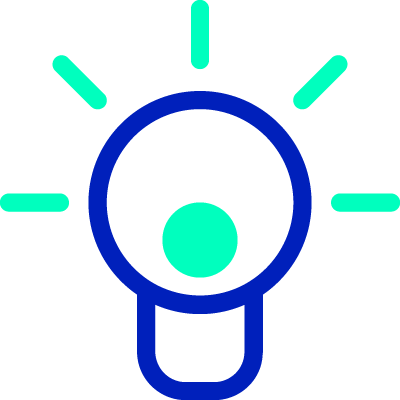 Fostering Creativity
Fostering Creativity
Brainstorming, workshops and an open-ended approach to exploration allow existing assumptions to be challenged, so that product teams think more creatively. This should be as inclusive as possible and include engineers, designers, sales and marketing practitioners, customers and all other relevant stakeholders.
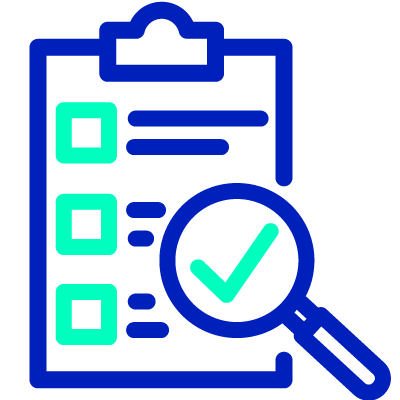 Enabling Real-World Validation
Enabling Real-World Validation
Testing early versions and prototypes of products can help refine ideas based on real user feedback, spot potential issues early on, and gain validation for the concept in a low-cost, low-risk environment.
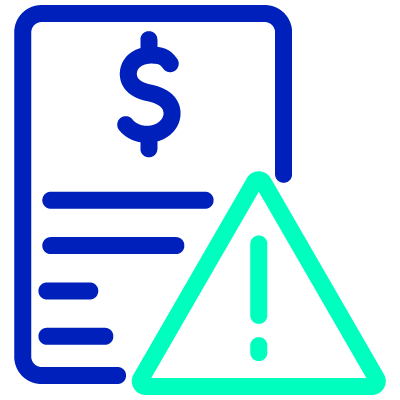 Reducing Risk
Reducing Risk
Connected to the previous point, the uncertainty around development can be removed by validating pricing strategies, product positioning and market demand as early as possible; this can also help achieve internal buy-in for the project.
 Refining Solutions
Refining Solutions
Product discovery supports continuous improvement through building, testing and enhancement that’s based on user feedback and insights. This allows products to be refined and optimized towards user needs quickly and accurately.
 Supporting Data-Driven Decision-Making
Supporting Data-Driven Decision-Making
Collecting market research, user feedback and product usage data is vital for gaining the insights that support the right decisions, in turn ensuring that products are built on facts rather than guesswork.
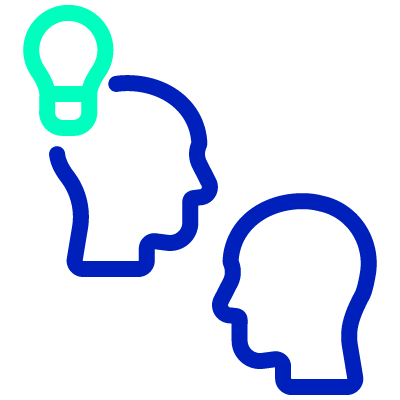 Encouraging Collaboration
Encouraging Collaboration
The product discovery process naturally brings together diverse perspectives and fosters a culture of knowledge sharing across every team and function. This can be instrumental in driving forward customer needs, technical feasibility, and business viability.
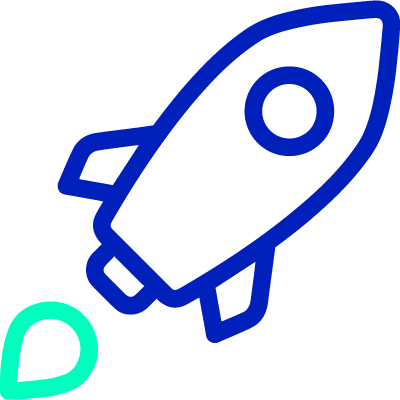 Maximizing Agility
Maximizing Agility
By encouraging high user interaction through continuous product discovery, it becomes easier to adapt to evolving market dynamics and understand when and where to take advantage of improvement opportunities over time. Not only can this support product development, but the insights involved can improve marketing and the wider business strategy, too.
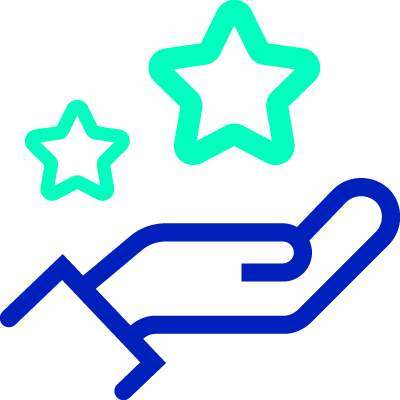 Enhancing User Experiences
Enhancing User Experiences
By bringing users more directly into the development process and gathering their feedback, the overall user experience of the product can be better refined and give them the outcomes they’re looking for.
 Driving Competitive Advantage
Driving Competitive Advantage
Being in a better position to embrace new opportunities and innovative ideas provides a solid platform for delivering new solutions, functions and features before competitors are able to.
Real-World Examples of Tech Innovation through Product Discovery
As demonstrated, effective technological innovation can only stem from a deep understanding of user needs and pain points. At Ciklum, we’ve harnessed the power of product discovery with our unique Experience Engineering approach to drive technological advancements that address real-world challenges across various industries.
The Ciklum team were recently tasked with enhancing a learning management system for a large network of private schools, focusing on improving parents’ experiences. During the product discovery phase, we identified two critical issues. First, parents were managing up to 17 different logins to access various services and information. Second, user testing revealed that a significant number of parents were navigating straight from the homepage to the calendar to find timetable notifications.
To resolve these issues, we implemented two key solutions. We redesigned the product to incorporate the calendar directly into the homepage, streamlining the user experience and allowing parents to access crucial information at first glance. Then, leveraging our advanced artificial intelligence (AI) expertise, we integrated a large language model chatbot. This feature enables parents with varying technical skills to interact with the platform using natural language, significantly enhancing accessibility and user engagement.
In Summary: Best Practices for Effective Product Discovery
Some of the world’s most well-known technology products have been successful thanks to product discovery. For example, Netflix transitioned from a DVD rental service to a streaming platform after recognizing that customers wanted access to a large amount of content through much easier means. In the business world, the team collaboration tool Slack has gained traction by understanding workplace communication challenges and developing a platform specifically to address those challenges.
So it’s clear that product discovery is vital to drive tech innovation and support business success in the long-term. A good product discovery phase involves focusing on problems, and as an experience engineering company, CikIum’s ability to create, build and scale technology products can help solve those problems. In our extensive experience, we believe there are five key product discovery steps to making it as successful as possible:
- Involving diverse stakeholders: gathering insights from cross-functional teams, as well as customers and end-users, to develop a comprehensive understanding.
- Using multiple research channels: interviews, observations, analytics and surveys can all contribute towards verifying findings and assumptions.
- Embracing agile product discovery principles: taking an approach that’s iterative and customer-centric can enable rapid prototyping and testing for continuous validation.
- Supporting experimentation: allowing teams to learn from failures and pursue data-driven decision-making can further drive innovative thinking.
- Leveraging technology: streamline processes and insight gathering can be eased by specialist product discovery tools, analytics platforms, and expert product discovery partnerships.
Ready to take an expertise and data-driven approach to product discovery? Explore Ciklum’s ability to create, build and scale technology products here.
Continue reading “10 Ways Product Discovery Fuels Tech Innovation”





































